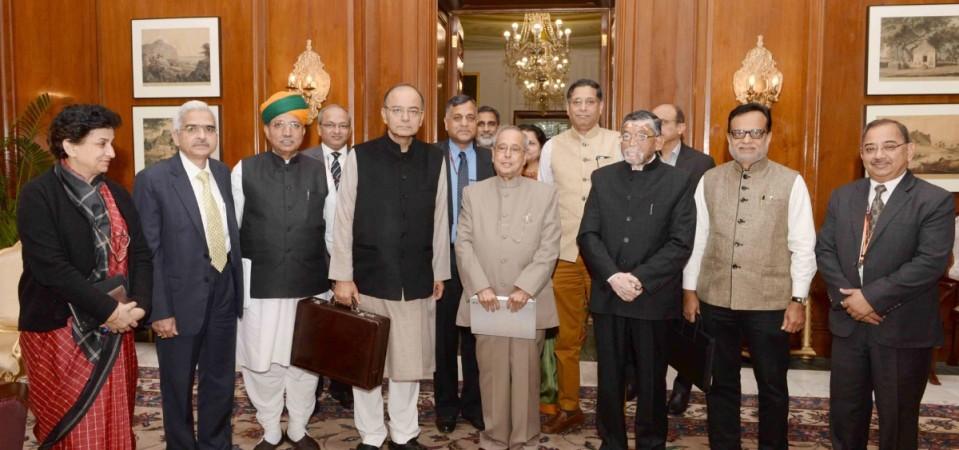
Finance Minister Arun Jaitley on Wednesday managed to bring some smiles to the salaried middle class with a few reforms in the personal tax regime. Jaitley said expectations of such tax breaks had been high ever since demonetisation took place, and that the Central government had been mindful of it, given how demonetisation had spelt gloom for the common man.
Jaitley's reforms were welcomed almost everywhere, but also raised the spectre of more money the Central government would have to forego in the form of reduced tax intake. However, that was made up to some extent by another tax reform the finance minister announced.
Here are the salient points of Jaitley's reforms, as announced in Budget 2017:
1. The income tax rate for up to Rs 2.5 lakh annual taxable income remains zero, while that from abocve Rs 2.5 lakh to Rs 5 lakh has been reduced from 10 percent to 5 percent.
#Budget2017 : Reduction in Individual Income Tax pic.twitter.com/blZJts5mJG
— MIB India (@MIB_India) February 1, 2017
2. The move — ostensibly made to not only give the honest taxpayer a financial break but also bring more people into the taxpayers' fold — effectively means people who declare earnings in this slab either don't have to pay tax at all or see their tax liability reduced by 50 percent.
3. The income tax rates for income slabs of Rs 5-10 lakh and above Rs 10 lakh are not changed. They remain 20 percent and 30 percent, respectively.
4. However, Jaitley also levied a surcharge of 10 percent on those who declare taxable income between Rs 50 lakh and Rs 1 crore. This is a step that could dismay some high-earners. It remains to be seen if this is a one-time step or continues as a permanent measure.
5. Jaitley also maintained the 15 percent tax surcharge on people who declare income of more than Rs 1 crore.
6. The finance minister said that while the tax foregone in the lower slab would amount to Rs 15,500 crore, the tax gained from the new surcharge in the higher slab would come to Rs 2,700 crore.








